
Invasive species are causing significant economic damage across the United States, affecting agriculture, infrastructure, and natural ecosystems. The U.S. Department of Agriculture estimates that invasive species cost the economy approximately $137 billion annually, encompassing damages and control efforts. These non-native organisms, including plants, animals, and pathogens, often outcompete native species, leading to ecological imbalances and economic losses.
For instance, the zebra mussel, introduced into the Great Lakes in the late 1980s, has caused over $5 billion in damages by clogging water intake pipes and damaging infrastructure. Similarly, the emerald ash borer, an invasive beetle, has led to the loss of millions of ash trees, resulting in significant costs for municipalities and property owners.
The agricultural sector is also heavily impacted. The spotted lanternfly, first detected in Pennsylvania in 2014, threatens crops like grapes, apples, and hops, with potential economic losses in the hundreds of millions. Controlling these pests requires substantial investment in monitoring, management, and public education. Addressing the invasive species crisis necessitates coordinated efforts among federal, state, and local agencies and public awareness and participation. Preventative measures, early detection, and rapid response are crucial to mitigating economic impacts and preserving biodiversity.
Zebra Mussels: Infrastructure’s Silent Saboteurs
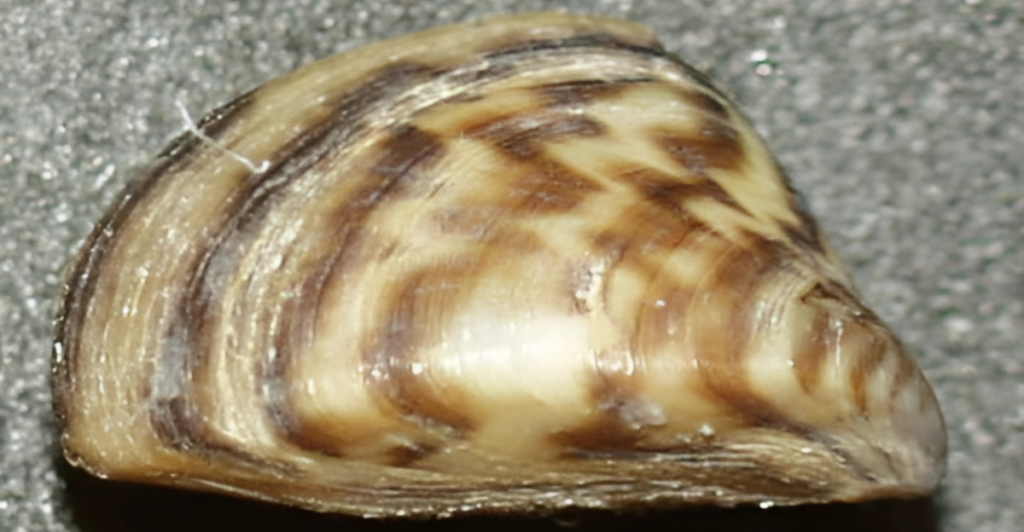
Zebra mussels, native to Eastern Europe, were first discovered in the Great Lakes in the late 1980s, likely introduced via ballast water from ships. These small mollusks rapidly colonize hard surfaces, clogging water intake pipes, damaging boats, and outcompeting native aquatic species.
The economic impact has been substantial. Due to zebra mussel infestations, power plants, and water treatment facilities have incurred billions in maintenance and repair costs. Management costs exceed $500 million annually in the Great Lakes region alone.
Beyond infrastructure, zebra mussels disrupt ecosystems by filtering out algae, a primary food source for native species, leading to cascading ecological effects. Efforts to control their spread include public education campaigns, boat inspections, and chemical treatments, but eradication remains elusive. Preventing further spread requires stringent biosecurity measures, including cleaning boats and equipment before transferring between water bodies. Public cooperation is essential in mitigating the economic and ecological damage caused by this invasive species.
Spotted Lanternflies: A Threat to Agriculture

The spotted lanternfly, native to Asia, has become a significant agricultural pest since its U.S. detection in Pennsylvania in 2014. These insects feed on the sap of over 70 plant species, including economically vital crops like grapes, apples, and hops. Their feeding weakens plants, reduces yields, and excretes a sugary substance that fosters sooty mold growth, harming plants and making outdoor spaces unpleasant. The economic threat is considerable, with potential losses in the hundreds of millions if not effectively managed.
Control efforts involve a combination of chemical treatments, tree removal, and public participation in destroying egg masses. The USDA emphasizes the importance of early detection and rapid response to contain the spread.
Public awareness campaigns encourage residents to report sightings and take action against the pest. Coordinated efforts between government agencies, researchers, and the public are crucial in protecting agriculture and mitigating economic losses.
Southern Pine Beetles: Forests Under Siege
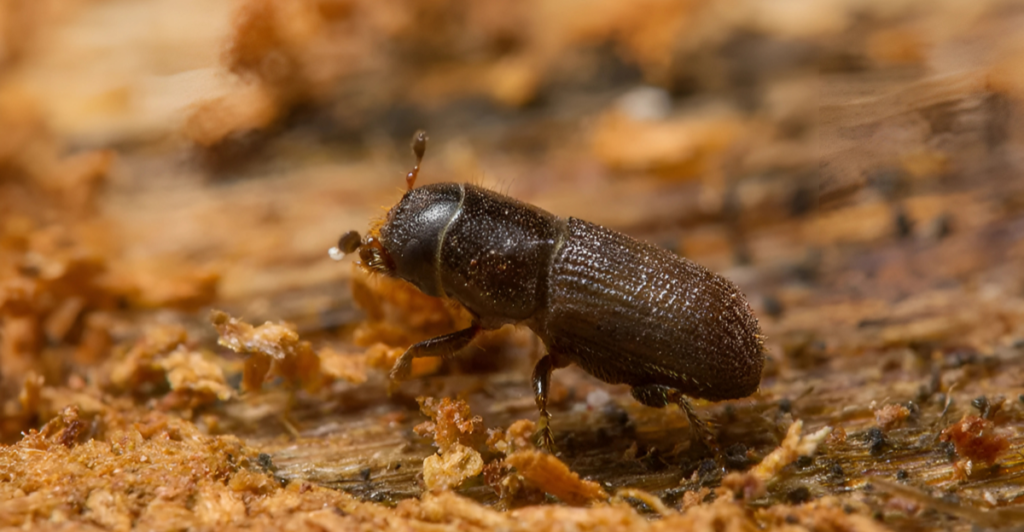
Once confined to the southeastern U.S., Southern pine beetles have expanded their range northward, infesting forests in states like New York. These beetles bore into pine trees, disrupting nutrient flow and leading to tree death. The economic impact is multifaceted. Timber industries suffer losses due to decreased wood quality and quantity. Additionally, dead trees increase wildfire risks, posing threats to property and necessitating costly fire management efforts.
Climate change contributes to the beetles’ expanded range, as milder winters fail to curb their populations. Management strategies include monitoring beetle activity, removing infested trees, and applying insecticides.
Public education and early detection are vital in controlling outbreaks. Collaboration among forestry professionals, landowners, and government agencies is essential to protect forest ecosystems and associated economic interests.
Spongy Moths: Defoliators Affecting Property Values
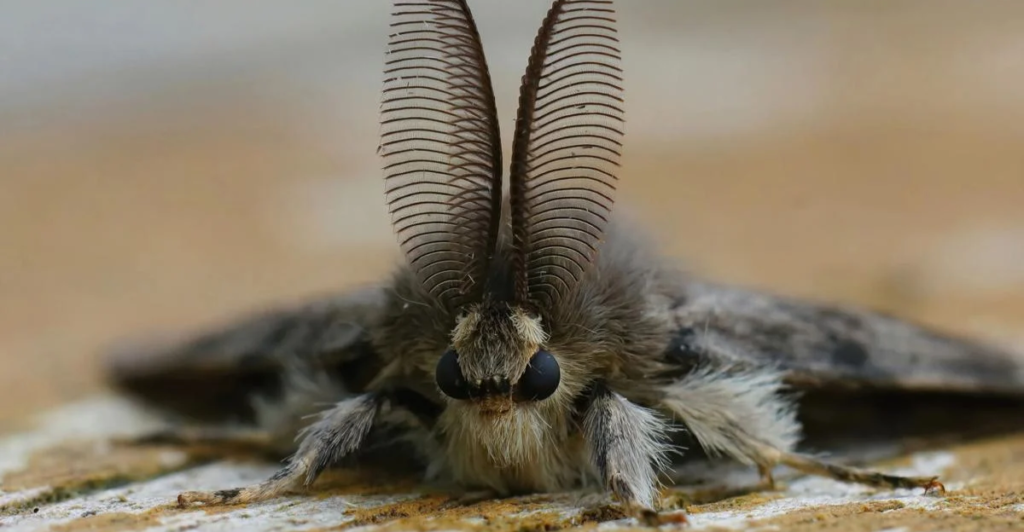
Spongy moths, formerly known as gypsy moths, are invasive insects that feed on the leaves of over 300 tree species. Heavy infestations lead to defoliation, weakening trees and making them susceptible to disease and death. The economic ramifications extend beyond forestry. Defoliated trees in residential areas diminish property aesthetics, leading to decreased property values. In California, spongy moth invasions have been linked to significant declines in real estate desirability.
Control measures include aerial spraying of biological pesticides, manual removal of egg masses, and public education campaigns. However, these efforts require substantial funding and community involvement.
Preventing the spread involves inspecting vehicles and outdoor equipment when traveling from infested areas. Public cooperation is crucial in managing populations and mitigating economic impacts on forestry and real estate sectors.
Aquatic Invaders: The Case of Sea Lampreys
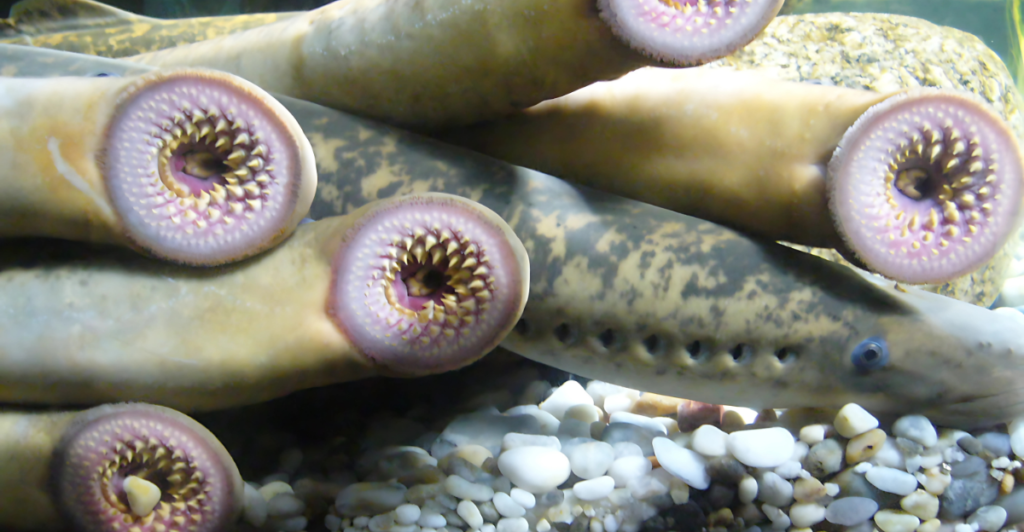
Sea lampreys, eel-like parasitic fish native to the Atlantic Ocean, invaded the Great Lakes through shipping canals in the early 20th century. They attach to native fish like lake trout and salmon and feed on their blood and body fluids. A single lamprey can kill up to 40 pounds of fish in its lifetime.
Their impact on the fishing industry has been severe. By the 1940s and 50s, commercial lake trout populations had collapsed in several lakes due to lamprey predation. The economic fallout was significant, with fishery closures and losses in related industries such as processing and tourism.
Control efforts include lampricides (pesticides targeting lamprey larvae), barriers, and trapping systems. These programs cost millions annually but have helped restore fish populations in parts of the Great Lakes. Long-term solutions require continued funding, research, and international cooperation to maintain economic stability in the region.
Invasive Plants and the Agricultural Sector
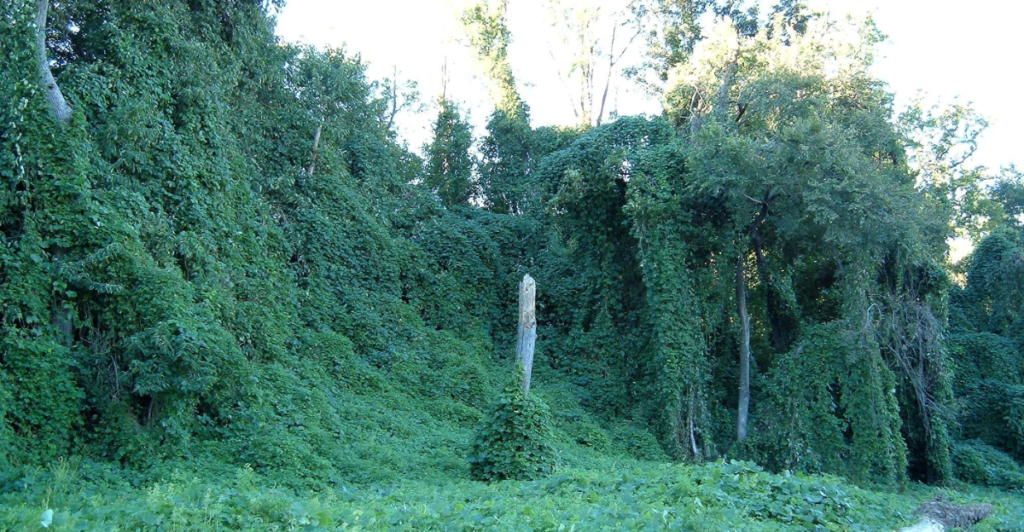
Invasive plant species such as kudzu, giant reed (Arundo donax), and Palmer amaranth have widespread effects on U.S. agriculture. These aggressive plants outcompete crops for light, water, and nutrients, leading to decreased yields and higher production costs for farmers. Some species, like Palmer amaranth, have also developed resistance to herbicides, making them particularly difficult to control.
The economic damage from invasive plants runs into billions annually. For instance, the spread of Palmer amaranth in cotton and soybean fields has increased herbicide use and labor costs, significantly affecting farm profitability across the southern and midwestern U.S.
Preventing their spread involves vigilant field monitoring, integrated pest management (IPM), and crop rotation. Federal and state agencies also support outreach and research to help farmers manage these threats effectively. Proactive management is crucial for protecting American agriculture’s food security and economic resilience.
Global Trade and the Accidental Spread of Species
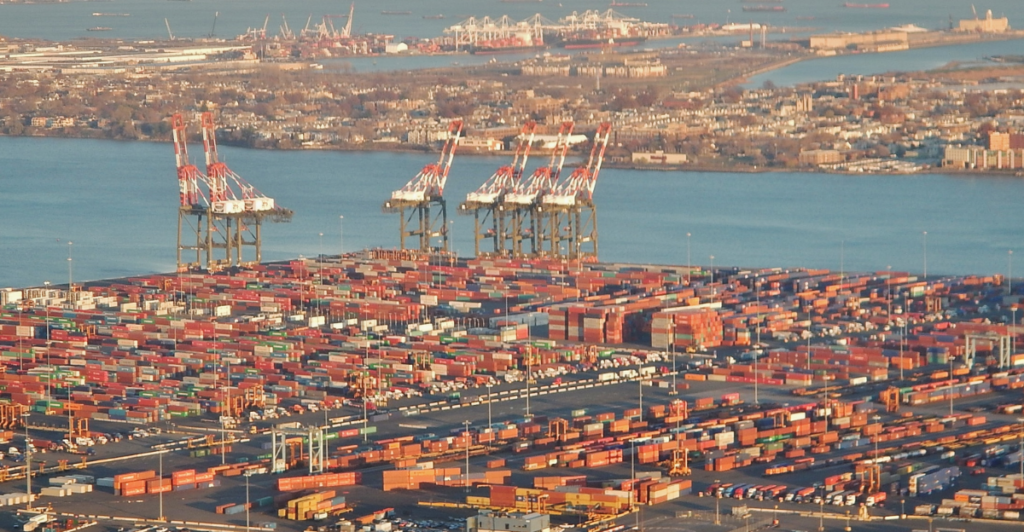
Global trade and travel are major contributors to introducing invasive species in the U.S. Shipping containers, wooden packing materials, ballast water, and even luggage can carry non-native organisms across borders. The brown marmorated stink bug, native to Asia, likely arrived via shipping crates and has since spread across much of the U.S., causing significant crop damage.
This growing connectivity complicates prevention and detection efforts. Invasive pests often arrive unnoticed and establish themselves before detection, making eradication more difficult and costly.
Agencies such as the USDA’s Animal and Plant Health Inspection Service (APHIS) work at ports of entry to inspect goods and monitor for pest threats. Enhanced international biosecurity measures, public awareness campaigns, and early detection technology are key to reducing future incursions. Strengthening these systems could save billions in control costs and protect both ecosystems and industries at risk.
The Role of Climate Change in Invasive Species Expansion

Climate change is accelerating the spread and impact of invasive species across the U.S. Warmer temperatures, shifting precipitation patterns, and longer growing seasons create more hospitable environments for non-native organisms to thrive and expand into new territories. For example, the range of the southern pine beetle has extended northward due to milder winters, threatening forests previously protected by colder climates. Similarly, warmer waters enable aquatic invaders to outcompete native species in lakes and rivers that were once inhospitable.
This expansion places added strain on ecosystems, agriculture, and public health. Invasive plants may fuel more intense wildfires, and new disease vectors, like invasive mosquitoes, are becoming more prevalent.
Addressing the compounded threat requires integrating invasive species management into broader climate adaptation strategies. Collaboration between climate scientists, ecologists, and policymakers is essential to anticipate shifts in species ranges and protect vulnerable sectors from future economic disruption.
Building a National Strategy for Invasive Species
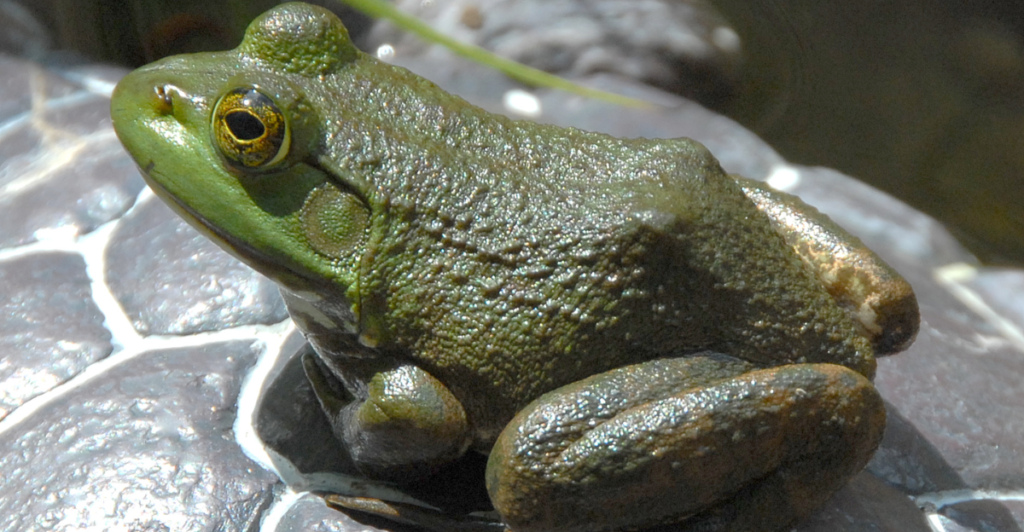
The growing economic threat of invasive species highlights the need for a unified national strategy. While efforts exist at the federal, state, and local levels, coordination is often fragmented. A more centralized approach can improve data sharing, emergency response, and funding allocation.
Key components of an effective strategy include early detection and rapid response (EDRR) systems, consistent funding for research and management programs, and stronger regulations at borders and ports. Public education campaigns also play a crucial role in prevention, as many introductions occur accidentally through human activity.
Investing in these efforts could significantly reduce the estimated $137 billion annual cost of invasive species to the U.S. economy. With climate change and global trade intensifying the risk, proactive and coordinated management is essential. Protecting ecosystems, agriculture, infrastructure, and public health from invasive species is not just an environmental issue. It’s an economic imperative.
Explore more of our trending stories and hit Follow to keep them coming to your feed!

Don’t miss out on more stories like this! Hit the Follow button at the top of this article to stay updated with the latest news. Share your thoughts in the comments—we’d love to hear from you!







